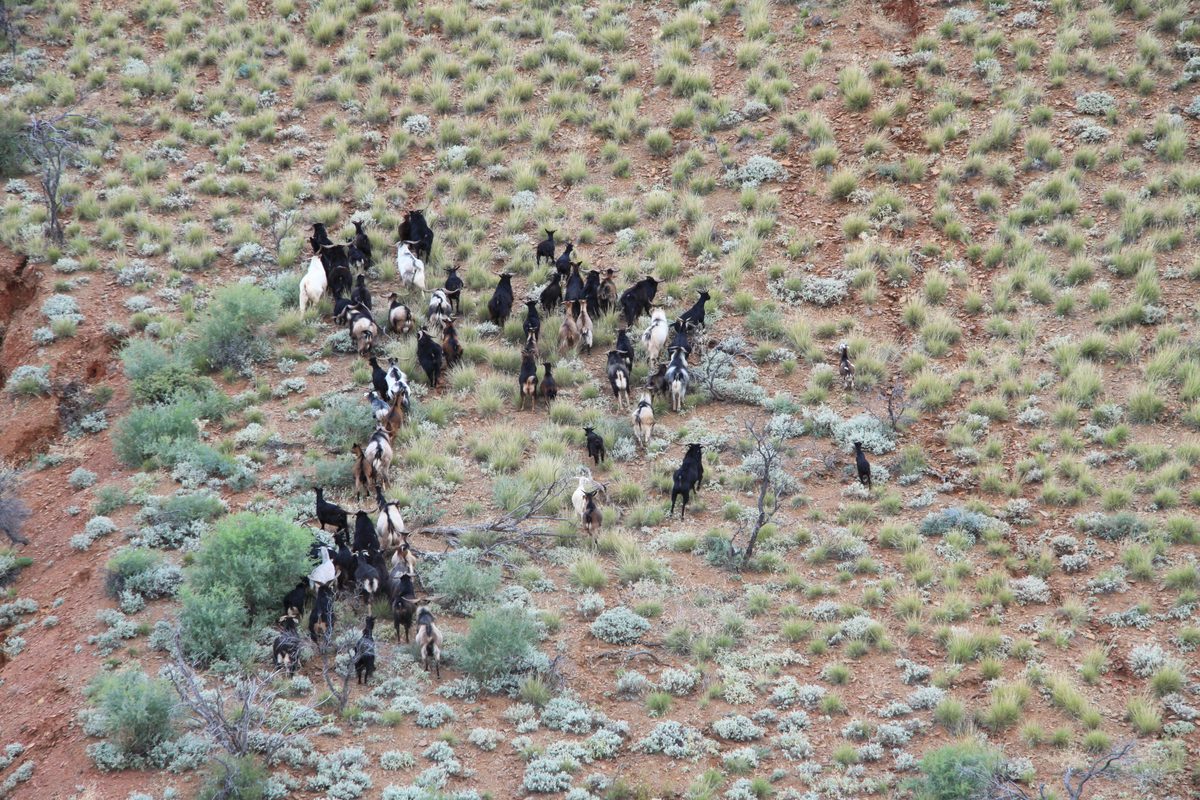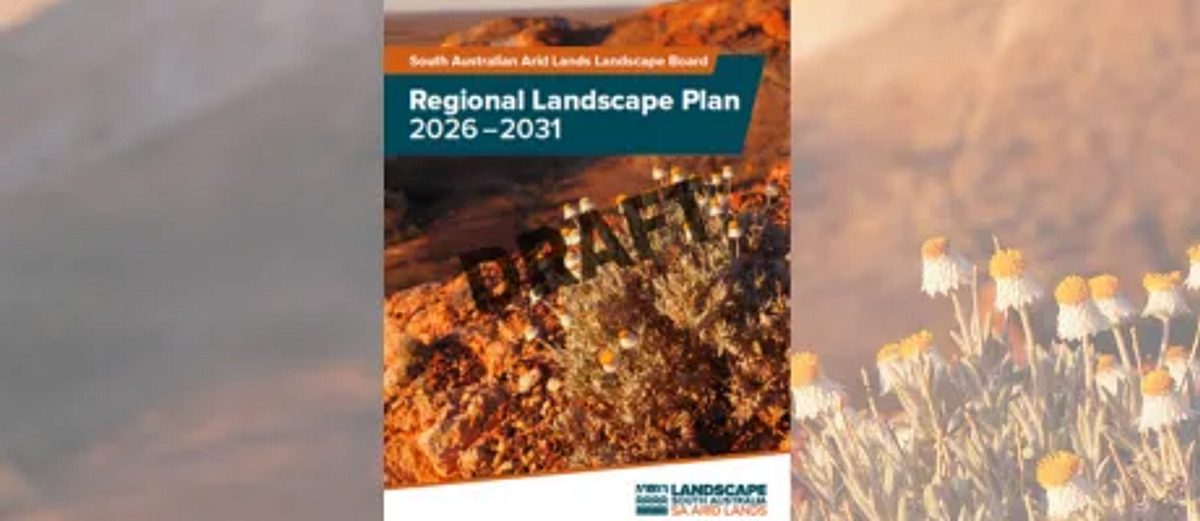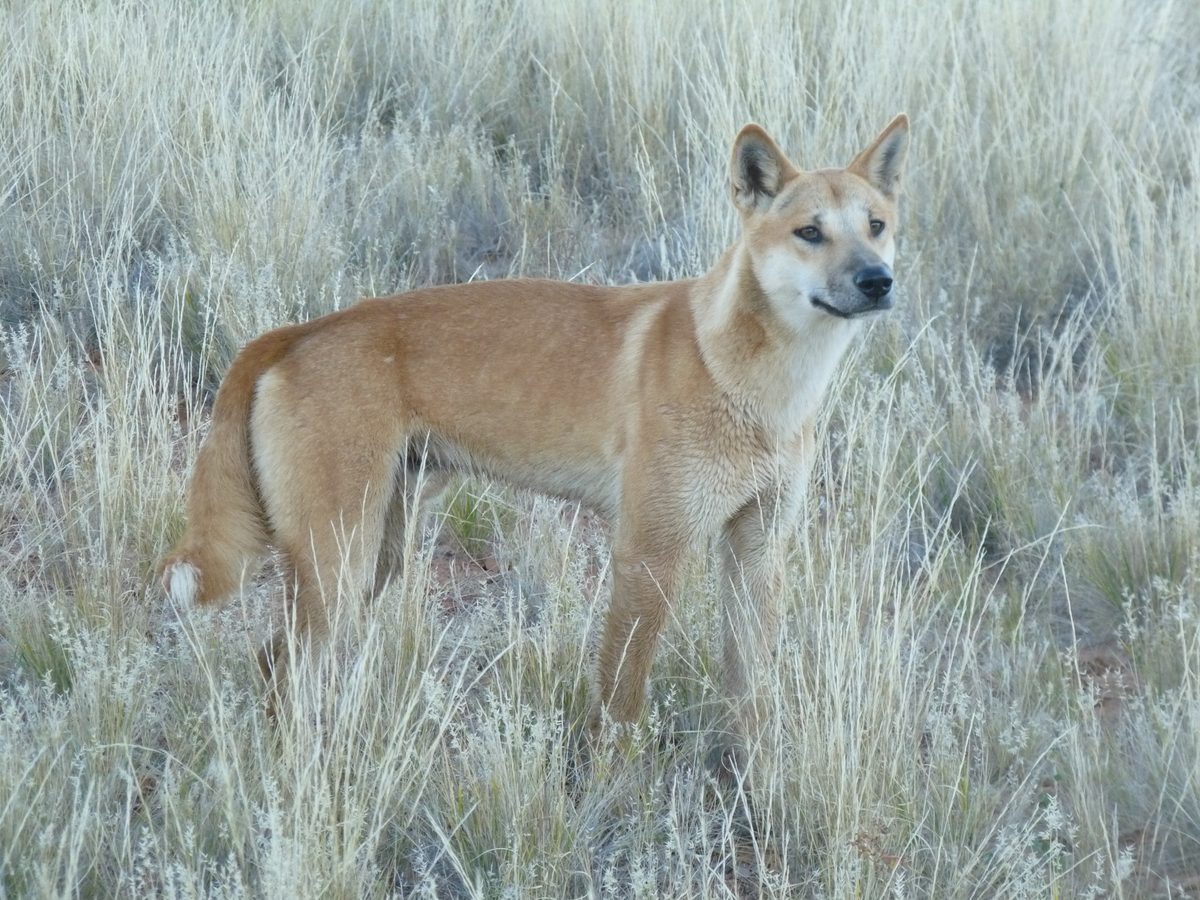NRM Board launches new campaign — tell us what matters to you!
The SA Arid Lands community is being asked to share their treasured spots and their childhood memories — and it’s all about taking a new approach to planning for the future of the region.
Posted 28 July 2014.
The SA Arid Lands (SAAL) Natural Resources Management (NRM) Board has taken its first step in working with the community to develop the Regional NRM Plan, launching ‘It’s your place’, a campaign that encourages community to come together to talk about what makes the SAAL region such a special place.
Presiding Member of the SAAL NRM Board Janet Brook said the role of the NRM Board was to champion sustainable use of our natural resources.
“We aim to find a way to provide for the needs of our industries without compromising our community values,” Ms Brook said.
“The region’s natural resources are finite, and with so many diverse and competing interests, it is not easy to strike the balance between production, environmental and community values.
“This is why we have a Regional NRM Plan, to articulate our goals and to set the direction of natural resource management for the region.”
While there is an existing plan in place, it needs updating to account for climate change as well as legislative, policy and organisational changes so the SAAL NRM Board is using the opportunity to improve community input and ownership.
“This first step in our planning process is to find out what it is that our community values in the region,” Ms Brook said.
“It might be the financial opportunities the region provides through pastoralism, tourism and mining, its Aboriginal heritage, or perhaps it’s our fishing and camping spots, our native plants and animals, our outback characters, or simply our vast open spaces and fresh air.
“We want to really get to the heart of what’s important to you about the region.
“Think about what you want your children to inherit, what it is that tells you you’re coming home, where you would take visiting friends, or what are your most vivid childhood memories.”
The collection of community values is part of the board’s new landscape approach to NRM planning, which recognises how our biodiversity, soils, water and pests interact in the landscape and considers each system’s unique environmental, economic, social and cultural values.
“Pastoralists, tourists, transport workers, townspeople, government agencies, Aboriginal communities, mining companies — anyone who lives, works or invests in the region can contribute and we would like to hear from them,” Ms Brook said.
“Meanwhile, behind the scenes, the board is busy collecting data to understand how our landscapes function.
“We’re starting with what our community values, but in the next phase, we want to show what the science is telling us about the threats and pressures to those areas.
“At that point we want to again work with our community to find out what we should be prioritising and where we should be making management interventions.
“We have provided a variety of ways to respond to the call, so look out for us at community events and meetings, connect with us online, call us or write in – we are ready to listen however people want to communicate.”
Tell us what matters to you!
For further information or to find out how you can participate:
- visit our website
- like us on Facebook (Natural Resources SA Arid Lands)
- look out for us at community meetings and events
- contact us.
Background
What is the Regional NRM Plan?
It outlines a range of programs to help protect ground and surface water; ensure sustainable industries; achieve best practice management of pastoral lands; conserve natural ecosystems and biodiversity; and encourage community participation.
About the SA Arid Lands NRM Board
The SA Arid Lands NRM Board is one of eight statutory boards established under South Australia’s Natural Resources Management Act 2004. The Board is largely composed of community members who live in the region and/or have knowledge of its communities, industries and natural resources.
The Board works in partnership with community, industry groups and others to ensure an integrated and sustainable approach to the management of the region’s natural resources.


